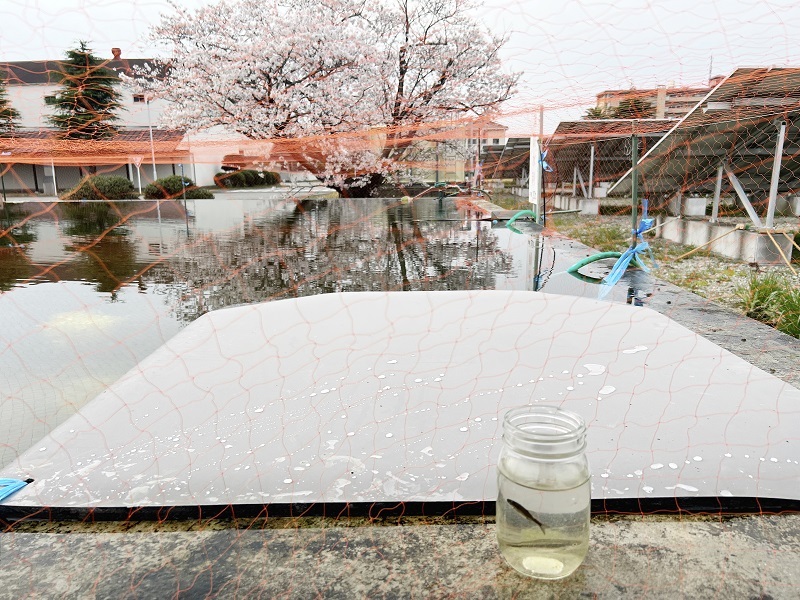Contribution to Environmental and Biodiversity Conservation
Basic Concept
The Nisshinbo Group's Business Conduct Guidelines include Awareness and Concern towards its environmental impact. The Group will deepen its awareness of biodiversity protection, promote biodiversity conservation activities, and faithfully realizes a safe and secure society for all people. The Group manages key performance indicators (KPIs) as part of systematic measures to achieve its environmental targets regarding strengthening of biodiversity conservation activities.
【Main measures】
- ①Preservation of natural habitats and important ecosystems, protection of threatened species, and environmental beautification activities
- ②Activities in collaboration with local communities, local governments, universities, local companies, supply chains, and other organizations
- ③Environmental beautification activities around the business sites
Please refer to "Promotion System" in "Environmental Activities" for the promotion system.
Specific Initiatives of The Nisshinbo Group
Participating in the Japan Business and Biodiversity Partnership
Nisshinbo Holdings Inc. participates in the Japan Business and Biodiversity Partnership, a group that engages in activities to conserve biodiversity. The Partnership is composed of economic organizations, businesses, NGOs, and local governments.
The Company’s activities to conserve biodiversity began in FY2015, and activities continue at 13 sites in Japan. We are also developing biodiversity conservation activities at 5 sites abroad.

Endorsement of the "Keidanren Declaration on Biodiversity and Action Guidelines (Revised Version)"
The Nisshinbo Group has endorsed the Declaration of Biodiversity by Keidanren (revised edition).
Please refer to the URL below for details of the Keidanren Declaration of Biodiversity and Revised
Action Guidelines.
https://www.keidanren.or.jp/en/policy/2018/084.html
![]()
In 2018, Keidanren revised this declaration and action guidelines in response to major trends both at
home and abroad, such as SDGs and the Post-Aichi Targets*. The revised declaration aims to
"realize a sustainable society through the construction of a society in harmony with nature."
In addition, Keidanren released the Keidanren Declaration of Biodiversity Initiative. This report
contains the names of companies and organizations (logo marks) that expressed their endorsement with the
revised declaration and action guidelines and also introduces its Group.
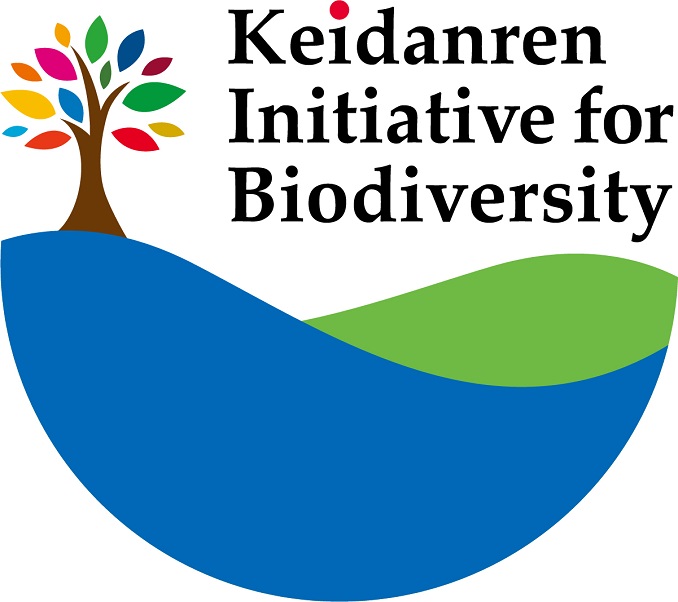
Regarding the Keidanren Declaration of Biodiversity Initiative, please refer to the URL below.
https://www.keidanren-biodiversity.jp/
![]()
In 2009, the Nisshinbo Group endorsed the Keidanren Declaration of Biodiversity and Action Guidelines, established by the Keidanren, and after conducting surveys and educational programs, launched the Biodiversity Conservation Activities in 2015, expanding the scope of our Activities.
* Post-Aichi Biodiversity Targets: Global Biodiversity Targets for 2020 and beyond
Activities to Conserve Biodiversity
Locations in Japan (13 sites)
| Company, Business Site |
Related Aichi Targets Details of Preservation Wildlife Being Protected |
||||||
|---|---|---|---|---|---|---|---|
| Japan Radio Co., Ltd. |
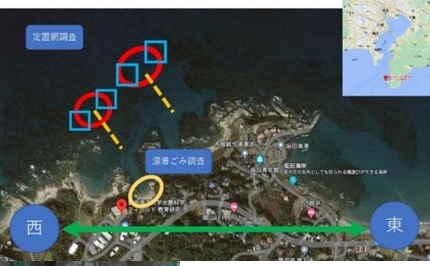 |
||||||
|
Nagano Japan Radio Co., Ltd. Head Office & Factory |
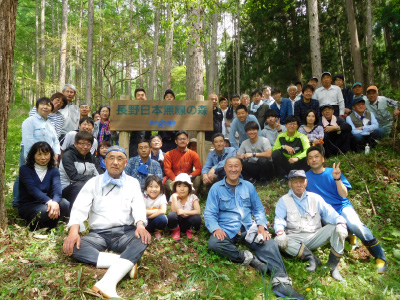 |
||||||
|
Nisshinbo Micro Device Inc.(株) Head Office and Kawagoe Works Japan Radio Glass Co., Ltd. Head Office Plant |
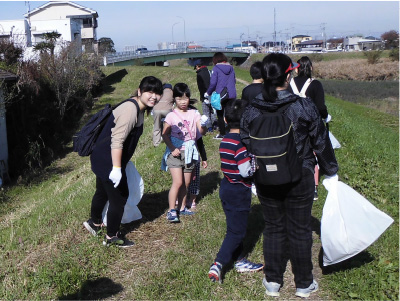 |
||||||
| Nisshinbo Micro Devices AT Co., Ltd. |
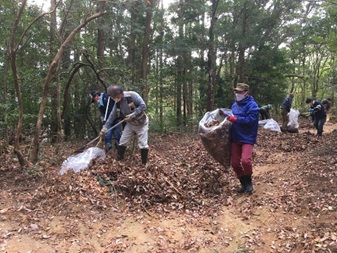 |
||||||
|
Nisshinbo Brake Inc. Tatebayashi Plant |
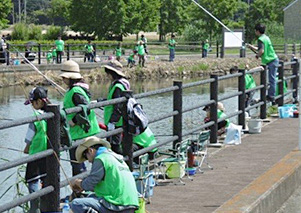 |
||||||
| Nisshinbo Mechatronics Inc. Miai Machinery Plant NJ Components Co., Ltd. Okazaki Plant |
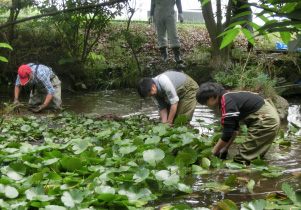 |
||||||
| Nisshinbo Holdings Inc. R&D Center Nisshinbo Chemical Inc. Toke Development Center |
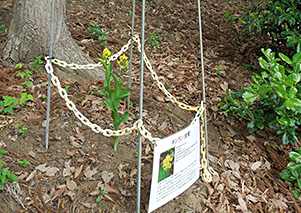 |
||||||
| Nisshinbo Textile Inc. Fujieda Plant |
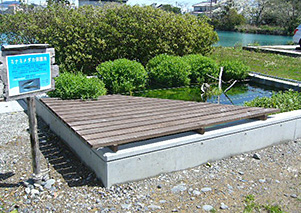 |
||||||
| Nisshinbo Textile Inc. and Nisshinbo Holdings Inc. and Nisshinbo Chemical Inc. Tokushima Plant Nisshinbo Textile Inc. Yoshinogawa Plant |
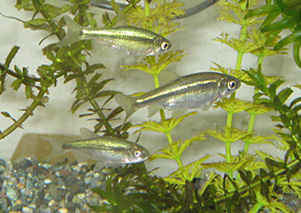 |
Overseas Locations (5 sites)
| Company, Business Site | Related Aichi Targets Details of Preservation Wildlife Being Protected |
||||||
|---|---|---|---|---|---|---|---|
| Shenzhen NJRC Technology Co., Ltd. (China) |
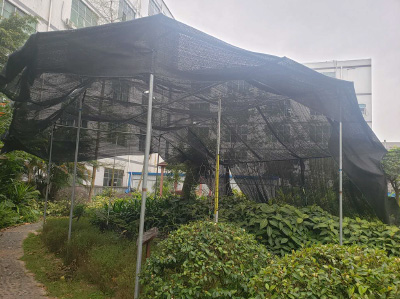 |
||||||
| Nisshinbo Micro Devices (Thailand) Co., Ltd. (Thailand) |
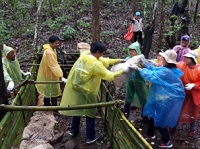 |
||||||
| Nisshinbo Somboon Automotive Co., Ltd. (Thailand) |
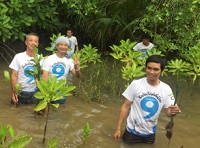 |
||||||
| Nanbu Philippines Incorporated (Philippines) |
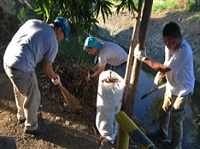 |
||||||
| PT. Nikawa Textile Industry (Indonesia) |
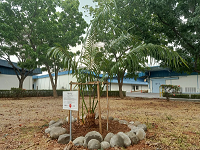 |
Specific Activities of the Group Companies
Collection and Monitoring of Drifting Marine Plastic Litter by Fixed Net Fishing
Since 2022, Japan Radio Co., Ltd., has been cooperating with Tokyo University of Marine Science and Technology in the "Collection and Monitoring of Drifting Marine Plastic Litter by Fixed Net Fishing" project as one of its research themes as its contribution to biodiversity conservation activities.
The amount of plastic litter in the ocean is expected to exceed the number of fish by 2050, and this has had a major impact on society. Plastic litter has been found in the stomach contents of many marine organisms, including sea turtles and seabirds, and there is concern about its effects.
In an effort by the Tokyo University of Marine Science and Technology, the company accompanied the fishermen on fixed net operations in Tateyama Bay, located at the mouth of Tokyo Bay, to gather the plastic litter collected with the catch, and by recording the type and number of pieces, the company analyzed the relationship between the number of pieces of litter collected and weather conditions. As a result, it was found that the amount of plastic litter collected was related to the amount of rainfall, wind direction, and other factors.
This project is planned to continue until 2024, and the company will attempt to estimate the source of marine plastic litter in the future.
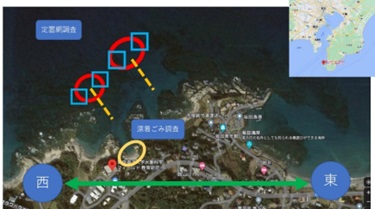
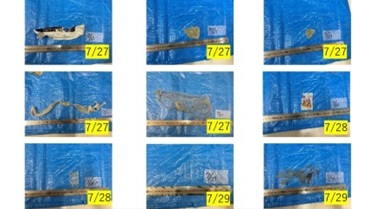
Extermination Activities for Burcucumber, an Invasive Alien Species
Ueda Japan Radio Co., Ltd., has been conducting weeding activities for the purpose of exterminating the Burcucumber that inhabits the green areas under the cliffs at the head office plant. This year is the 10th year for this activity, which takes place in June and August before the breeding season, with about 10 to 15 participants and an area of about 1,800 m3.
The Burcucumber is designated as an Invasive Alien Species by the Ministry of the Environment under the Act on the Prevention of Adverse Ecological Impacts Caused by Designated Invasive Alien Species. It is also called harmful weed in its native region, where its vigorous reproductive capacity destroys the ecosystem and has a negative impact on native plants and animals.
In addition, since SDG Target 15; "Life on land" mentions the prevention of invasive alien species and the reduction of their impact on the ecosystem, the company will continue to carry out ongoing extermination activities to sustainably manage the green areas (forests) under the cliffs.
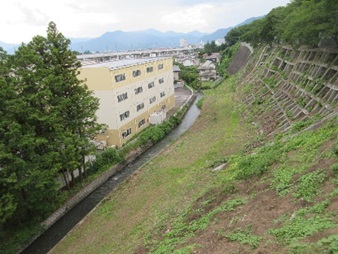
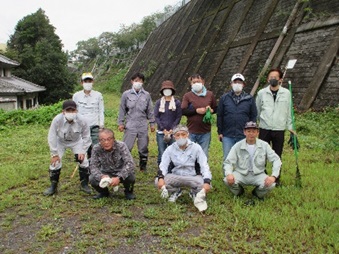
Cleanup Activities in the Neighborhood of the Business Site
Nisshinbo Micro Devices Inc., Kawagoe Plant, usually conducts a cleanup of the area around the plant twice a year, in spring and fall, jointly sponsored by labor and management.
Because of the spread of the COVID-19, the cleanup was not held in 2020 and 2021, but in 2022, it was held for the first time in two and a half years while implementing measures to prevent infection. 42 employees and their families participated in the spring (April) and 45 in the fall (October).
In the 2022 activity, the employees divided the surrounding area into three courses and picked up trash for about an hour, collecting a total of 13.1 kg of combustible and noncombustible trash, bottles, metals, and other items. The area had not been picked up for more than two years, and the flow of people had changed dramatically with the opening of commercial facilities and the construction of sidewalks, but the cherry blossoms in spring and the autumn leaves in fall were visible along the route. Employees and their families who participate in the cleanup activities receive prizes for their participation, and they enjoy the activity.
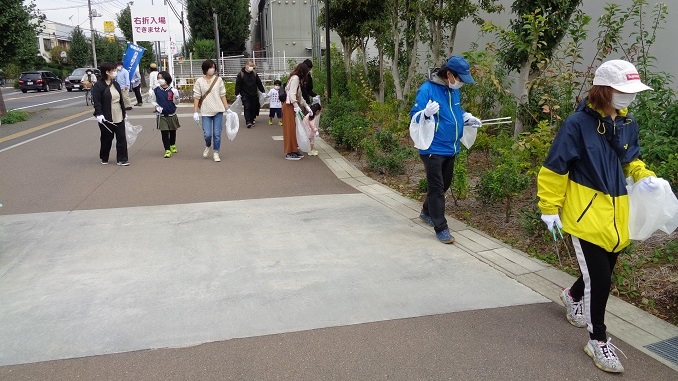
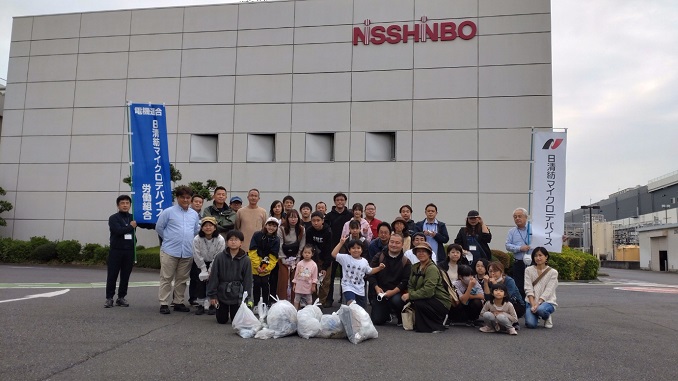
Survey of Invasive Alien Plants at the Plant
Nisshinbo Micro Devices Inc., Yashiro Plant, conducts a survey of invasive alien plants at the Yashiro plant as an activity to contribute to the conservation of biodiversity. In accordance with the operational standards for biodiversity conservation at the plant, the company is surveying and confirming whether or not invasive alien plant species that fall under the Act on Specified Invasive Alien Species are present in the plant's green space area, which is approximately 76,000 m2 in size.
For 2022, the department in charge of general affairs conducted the survey and confirmation on July 27. As a result of the survey, it was confirmed that no invasive alien plant species were present at the business sites.
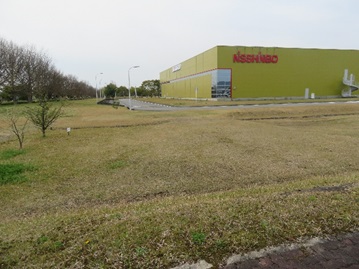
Cleanup Activities around the Business Site
Nisshinbo Micro Devices AT Co., Ltd., conducts cleanup activities around the company in April every year. In 2022, however, the target area was expanded to 3.8 km one way to Yoshinogari Historical Park, and three separate routes were taken to reach the destination with the outward route for cleaning and the return route for walking to promote employee health.
After the cleanup, participants had lunch at Yoshinogari Historical Park and enjoyed recreational activities led by new employees. All participants enjoyed the spring time. The return trip was a walk for health. Unlike walking or strolling in daily life, the participants walked with the purpose of for health in mind.
A total of 67 participants, including new employees, veteran employees, and their families, worked up a refreshing sweat in the mild weather. The company will continue community cleanup activities and value our connection with the local community in the future.
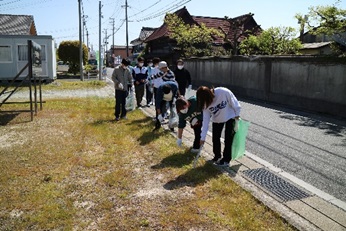
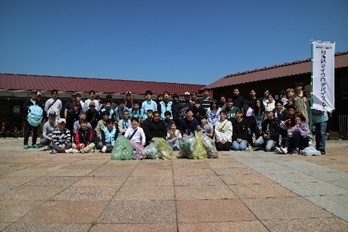
Garbage Collection at the Kuang River during the Loy Krathong Festival
The Loy Krathong Festival is a festival held in different parts of Thailand on the full moon of the twelfth lunar month to give thanks for the agricultural harvest and to offer prayers to Khon Ka, the goddess of water. Many people float krathong (lanterns) down the river there. After the festival, a large amount of waste is generated. Plastic bags, paper, Styrofoam, steel wire, banana leaves, and other trash make the river unsightly and have a negative impact on the aquatic animals that live in the river.
Nisshinbo Micro Devices (Thailand) Co., Ltd., in Thailand has focused on this problem and has been conducting a trash cleanup along the Quang River with the participation of its employees since 2020 as an activity to keep the river environment clean and free from harm to aquatic animals. Under the circumstances of the spread of the COVID-19, in 2022, 21 of the company's employees joined the cleanup activity in cooperation with Lamphun City officials. Through this activity, the company was also able to deepen its understanding of Thai culture and its impact on the environment.
The company will continue to cooperate with Lamphun City in trash cleanup activities to contribute to the preservation of the river environment and aquatic animals.
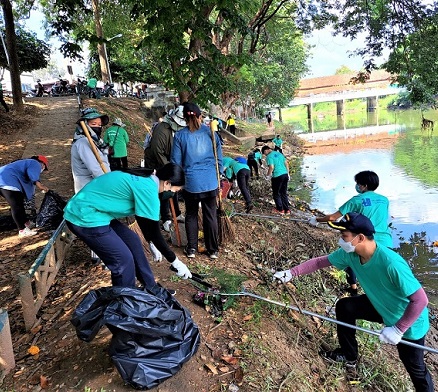
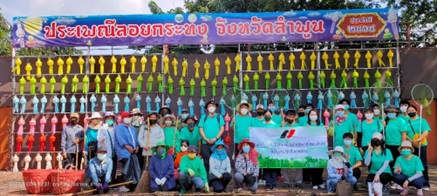
Masuda Park Biotope Activity
In FY2022, Nisshinbo Mechatronics Inc., Miai Machinery Plant, sets the goal of "preserving and creating a habitat for dragonflies" in Masuda Park, located on the site, and has continued this activity since FY2017. In FY2022, in addition to employees and their families, the Okazaki Office of NJ Components Co., Ltd., participated in two biotope activities jointly with labor and management with 23 participants on June 11 and 20 participants on October 29.
The activities included extermination of Procambarus clarkia , an invasive alien species, living in the ponds of Masuda Park, mowing of alien water lilies growing densely in the upper and lower ponds, weeding in the park to protect the Batrachospermum japonicum Mori and the Nepa hoffmanni, rare plant and animal species living in the park, and maintenance of walking paths so that people can walk safely in the park.
In FY2023, the company will continue to expand the scope of its activities and promote biotope activities to protect rare plant and animal species and create a habitat for dragonflies.
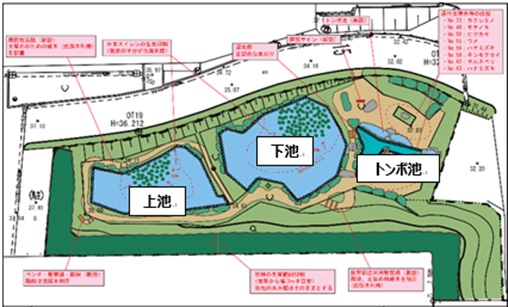
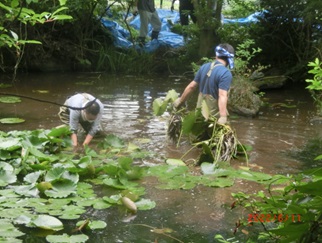
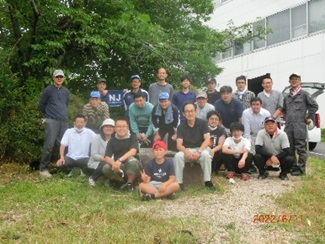
Continuation of Activities to Preserve the Pinus parviflora Lineage
As part of its biodiversity preservation activities, Nisshinbo Chemical Inc., Toke Development Center, applied to become a supporter for the preservation of the Pinus parviflora lineage under the “Chiba Prefecture Restoration Plan for the Pinus parviflora” formulated by Chiba Prefecture.
The Pinus parviflora is an evergreen coniferous tree that grows in high elevation mountainous areas. The number of Pinus parviflora trees growing in the Boso Hills has been rapidly declining, and species preservation is an urgent priority due to the threat of extinction. one seedling of Pinus parviflora distributed in June 2016 was planted on the site to start conservation activities. Since the start of the activity, the tree has been pruned many times by craftsmen and has grown from 95 cm to 208 cm in height in about seven years, doubling its size. Although the trees have not yet borne fruit, everyone hopes that they will do so in the near future.
To expand this initiative, the Asahi plant in Asahi City, Chiba Prefecture, also became a supporter in March 2017 and is continuing its conservation activities.
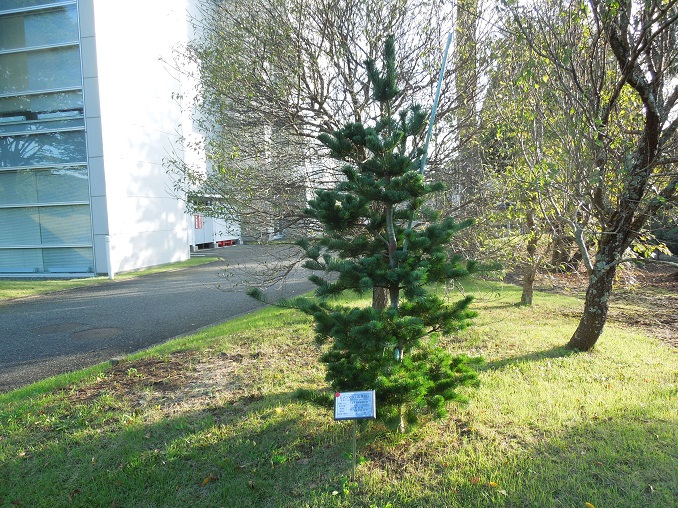
Conservation Activities for the Endangered Japanese rice fish (Oryzias latipes)
In May 2016, Nisshinbo Textile Inc., Fujieda Plant, began breeding Oryzias latipes in a small pond beside its former office.
Rice fish are genetically classified into two main types, the Oryzias sakaizumii and Oryzias latipes, and the Oryzias latipes is further divided into nine types depending on the region, each with its own genetic characteristics. Oryzias latipes is endemic to Japan, but in recent years, its survival as an endemic species has been threatened by environmental degradation, the introduction of exotic species, and the release of genetically engineered Japanese rice fish (Himedaka) into the wild due to the inability to keep the fish in captivity. The species is also listed as threatened category II (species at increasing risk of extinction) in the Red Book of the Ministry of the Environment.
The company started breeding 150 adult fish after receiving them from a company that owns a biotope in Fujieda City, and has been using well water to keep the water temperature at an appropriate level (breeding at 20°C or higher) while cleaning and replacing the water moderately. By 2022, the number of organisms will have increased to about 1,200, which is close to the limit of the current aquarium.
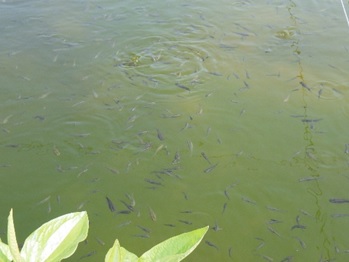
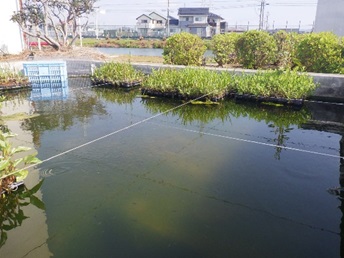
Conservation Activities for the Endangered The golden venus chub
The The golden venus chub is a freshwater fish of Cyprinidae with a body length of about 5 cm and is endemic to Japan. However, because of habitat loss caused by the progression of residential land development, predation by alien species, and environmental degradation, it is listed as a Specified Class II Nationally Rare Species of Wild Fauna and Flora (endangered species) on the Red List 2020 of the Ministry of the Environment. In Tokushima Prefecture, the The golden venus chub was thought to be extinct, but in 2004, it was accidentally discovered in an agricultural canal in Otsu-cho, Naruto City, and efforts to protect and propagate the species began.
Nisshinbo Textile Inc., Tokushima Plant, together with Nisshinbo Holdings Inc., Nisshinbo Chemical Inc., and Daio Paper Products Inc. signed an agreement with Tokushima Prefecture to receive The golden venus chub and engage in propagation activities using fire prevention tanks. In the past six years, the number of fish has increased from 200 to 1,344, contributing to the conservation of endangered species.
